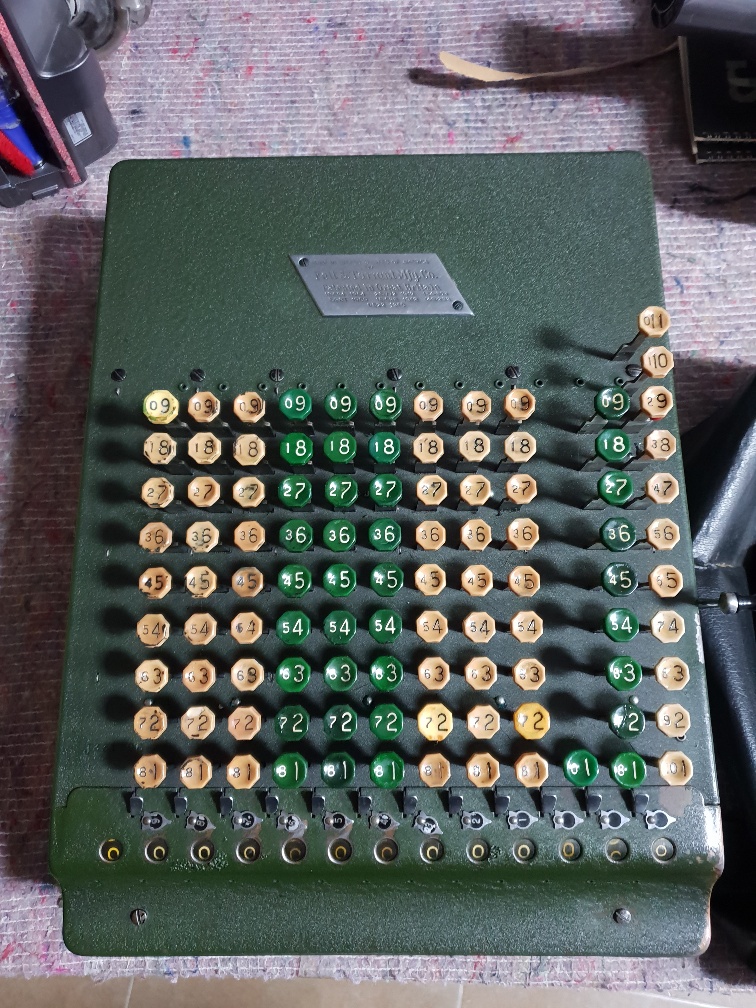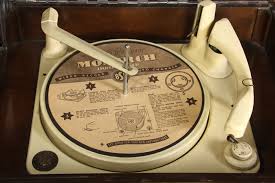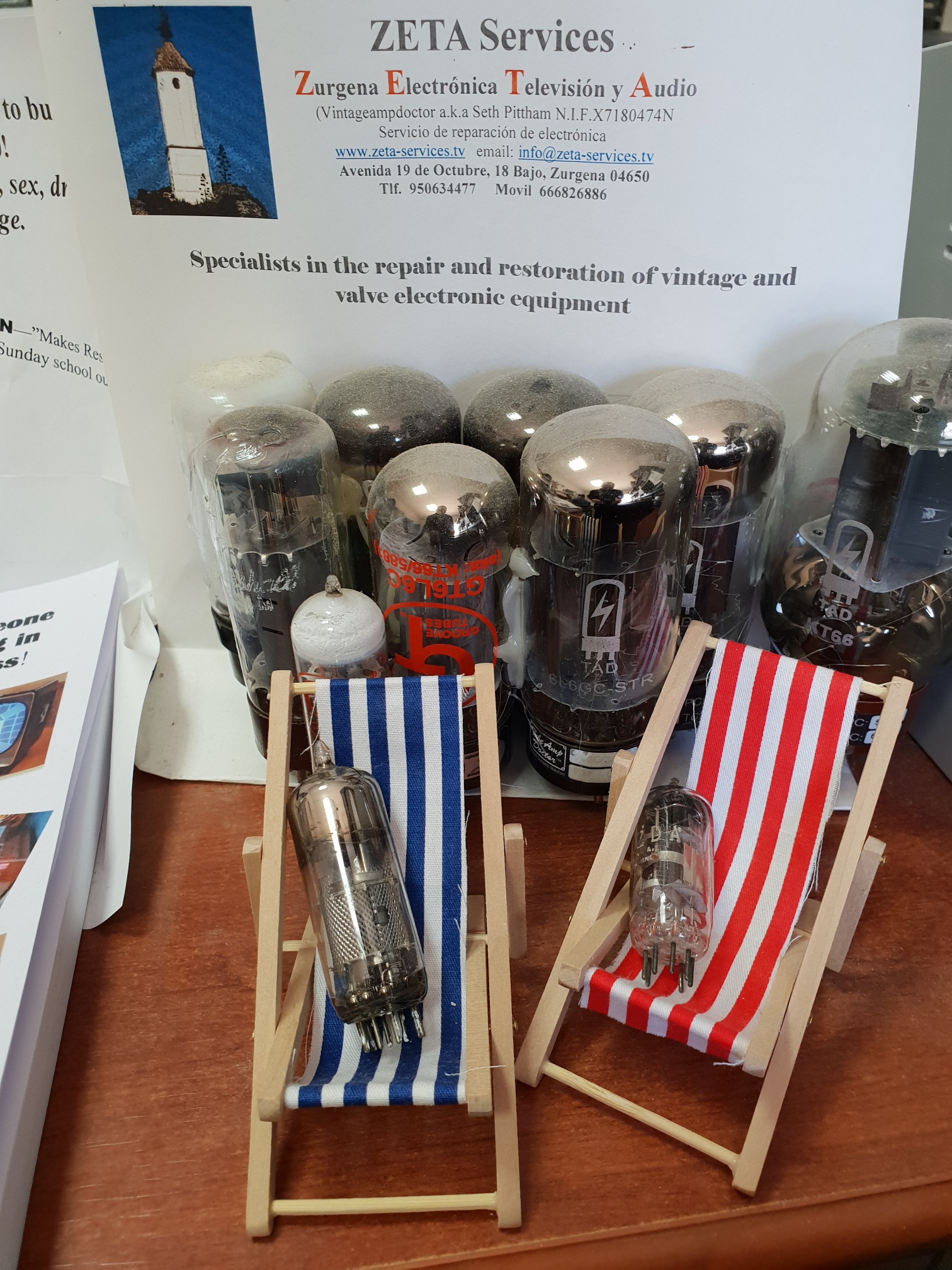
Marshall Amplification “Play it Loud, Reproducirlo orgulloso”
Un buen aspecto de mi trabajo., está trabajando en y la fijación de los amplificadores de válvulas. Y, Parece haber un aumento constante de amplificadores de guitarra que entran por la puerta., especialmente de los españoles. Marshall es un nombre sinónimo de ese tipo de equipo, Así que pensé en centrarme un poco en eso..
El caballero Jim Marshall era de hecho un buen baterista.. A principios de los años 60, tenía una pequeña tienda en Hanwell, Londres, venta de baterias y todo lo que conlleva. También le gustaba la electrónica.. Se dice que gente como los guitarristas en ciernes Pete Townsend y Ritchie Blackmore solían pasar el rato por allí y acosaban a Jim para que diseñara amplificadores que fueran "ruidosos"..
Dos marcas de amplificadores dominaron; Los británicos hicieron VOX y los EE.UU.. defensa propia. Ambos amplificadores encantadores., pero en ese momento, caro. Una noche, tomando una hamburguesa en un bar Wimpy, Jim, junto con un ex ingeniero de EMI y un par de personas más, Descubrió que podía fabricar un amplificador que costara mucho menos que el VOX y los Fender.. El equipo utilizó el amplificador Fender “Baseman” como punto de referencia., pero utilizando válvulas equivalentes europeas. Se utilizaron válvulas ECC83 en las etapas de preamplificación que tenían mayor ganancia y daban el sonido de distorsión "Marshall Crunch" cuando se impulsaban con fuerza., que les gustaba a los guitarristas. El diseño también aumentó el sonido de los agudos, lo que lo hizo bastante diferente de la calidez del Fender.. 6 se hicieron prototipos. A diferencia del Fender copiado, el mariscal, Era un amplificador independiente en una caja., con un gabinete de altavoz separado. esto usado 4, Altavoces eficientes de 12” fabricados por Celestion y el gabinete tenía un panel trasero cerrado.. Esto ayudó a proporcionar el sonido contundente deseado.. ciudad, Blackmore y Big Jim Sullivan estuvieron entre los primeros en poseer algunas de las 20 amplificadores de preproducción. El amplificador se llamó JTM45.. Jim, Terry (hijo), Marshall, 45 vatios de salida.
Jim estaba decidido a reducir los costos y entabló relaciones con fabricantes de transformadores., Drake y Dagnell. Levantarse hasta hoy día, las válvulas de salida eran las 6L6G americanas. Jim cambió al KT66 británico., que tenían especificaciones similares y eran intercambiables, pero sonó más duro. Un joven Eric Clapton solía sentarse en la tienda de Jim tocando este nuevo amplificador y le encantaba el sonido que hacía.. Le pidió a Jim que hiciera una variación con una función de trémolo y lo suficientemente pequeña como para caber en su auto.. Jim hizo lo que le dijeron y se creó el modelo clásico “Bluesbreaker”. Clapton dijo que fue este amplificador el que le dio el gran sonido de guitarra que se escuchó en el álbum Beano del 66..
Jim escuchó a los músicos emergentes.. Pete Townsend y John Entwhistle (La OMS) fueron los primeros en adoptar el equipo Marshall. Querían cada vez más volumen.. Jim y sus ingenieros se propusieron diseñar un 100 amplificador de vatios. Básicamente, 4 Se utilizaron válvulas de salida en lugar de 2, cableado en configuración push-pull paralela. Se han instalado transformadores de red y de salida de mayor tamaño.. Esto se conoció como el modelo Super Marshall Lead.. Siempre queriendo ir algo mejor, Townsend le pidió a Jim que construyera gabinetes de altavoces más grandes, lo cual por supuesto hizo. Eran enormes y estaban alojados 8 x altavoces Celestion de 12” y tienen un gran impacto. El diseño finalmente se abandonó en favor del clásico. 4 x gabinete de 12”, principalmente debido a problemas de transporte. Los amplificadores grandes venían con cables divisores en “Y” para que los amplificadores pudieran conectarse entre sí para proporcionar la potencia y el volumen requeridos.. Esto creó la famosa imagen "Marshall Stack" que se ha convertido en la marca registrada de las bandas de rock.. Cuanto más grande sea la pila, cuanto mejor sea la banda. Bien…. Marshall proporcionó opciones de gabinetes vacíos para aquellas bandas que querían retratar una imagen por encima de su posición.!
Los costos de construcción estaban aumentando y Jim comenzó a usar válvulas diferentes., componentes y técnicas de fabricación. Las válvulas de salida KT66 fueron reemplazadas por Mullard EL34., dando un sonido ligeramente diferente.
Jimmy Hendrix entró en la tienda de Jim en el 66 y pasó horas tocando la guitarra con varias combinaciones de amplificadores.. Esperando que Hendrix pidiera tener los amplificadores a cambio de nada., Jim se sorprendió al escuchar que Hendrix compraría una buena cantidad de amplificadores al por menor., sobre la base de que su equipo de carretera estaría capacitado para mantener el equipo durante la gira.. Jim le quitó la mano.. Bien, no literalmente, ya que eso habría alterado un poco su forma de tocar la guitarra..
Se han añadido muchos modelos diferentes desde los años 60.. No más cableado manual, hecho en el Lejano Oriente, etc. Pero, La marca continúa y todavía se diseña en el Reino Unido.. La próxima vez que te golpees la cabeza, Mire hacia arriba y vea si Jim está mirando hacia abajo y sonriéndole..
Seth. Servicios zeta.








